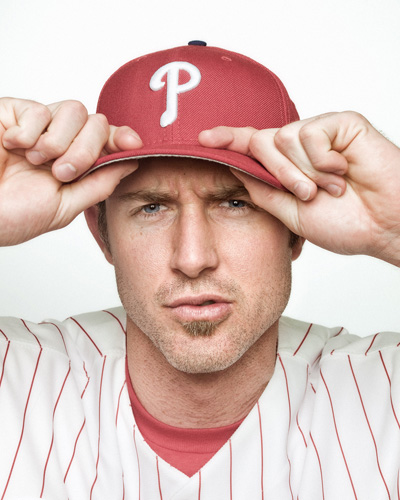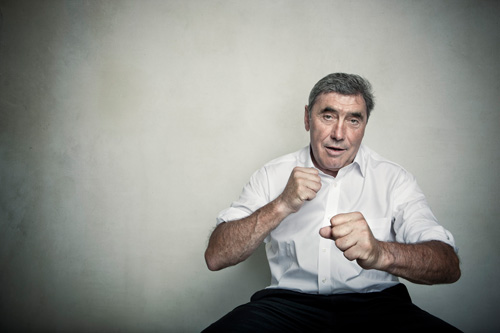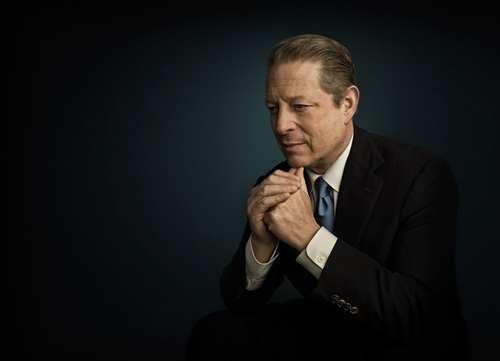
THREE MINUTES
Stop and think how much time actually goes into three minutes. I’m not talking about 180 seconds, I’m speaking to hours worth of building out sets, days worth of pre-production, weeks worth of planning and concepting, and months or even years worth of imagining what an image will finally be like when the shutter is pressed.
It’s the idea that a photograph may be years in the making that interests me. Sometimes it keeps me up at night, sometimes it is in dreams. I am constantly envisioning how to make portraits and how to take photographs. Sometimes these thoughts are vague and based around a mood or a concept that I’m trying to express in an image. Other times these ideas are more concrete images that are burned into my mind about what I’m going to create with a subject.
When a project comes up to make these dreams a reality and to take this vision and turn it into an actual photograph, then my mind really begins to work. The wheels start turning and vague ideas about tone and color start to transform into lighting diagrams, composition, and post-processing.
Testing and pre-planning actually allows me to turn these thoughts and ideas into clearer translations of my vision. The trial and error of the process serves to further hone the ideas of mood and intention that I want to get across from my subject. I also want to practice through the process to help me consider anything unexpected that might come up.
Sometimes, you only get an hour with a subject – if you’re lucky. Sometimes you only get 40 frames. Whether you count that time in clicks of the shutter, or seconds, every thing that you do working up to those moments has to prepare you for anything to happen. Your subject could be your best friend and want to stay extra, or if you’re even luckier, they could be up for doing something crazy in front of your lens
Or your subject could be your worst enemy, wanting nothing more than to get out of your set. Equipment could (and ultimately will) fail, lights won’t fire, strobe won’t sync, rain will fall, storms will storm – if it can happen, it will. Not only do you need to expect surprises, but more importantly, you need to embrace them and work with them, work past them – moving forward and making pictures all the while, even if you only have 180 seconds.
There is something to be said about how a photographer connects with his or her subject. When I approach making a portrait, I want that photograph to be the best and most interesting representation I’ve ever seen of the subject. In order to accomplish that, there is a special balance between allowing my subject to be themselves and be comfortable on set, and directing that subject to work with me on my vision. Usually I can help them be confident that we’re working on the same team and that I am doing everything in my power to make the best picture possible. As comfortable or attractive as any subject could be, if the lighting is unflattering or poorly executed, the final result will be lacking. Using that light as a tool to create mood, intent, and shape in my portraits, it becomes crucial to direct my subjects to fit into the lighting that I have envisioned for their image, while still allowing them to be and express themselves.
Sometimes, the answer to this question is to light my subjects very broadly, meaning to create the light in a way that will allow the subject to move around in their space or environment and still have that same quality and shape of light.
Other photographs need a more deliberate type of lighting with a very narrow window for the sweet spot. In a way, this is more challenging because it creates constraints both for the subject and I – they’re limited to a certain space or a certain direction, and I am limited to keeping them in that space.
The consistency of vision and theme becomes even more important as I’m starting to shoot more video. Instead of capturing just one frame of a subject, now I have thousands to manage in one small take. With video, this ability is both challenging and liberating, in one sense I’m not tied to a single moment or a single expression to show a message, yet at the same time, I have to keep my message consistent across an entire take of video, as long as that may run.
In order to make these concepts possible, the image making process is fully collaborative with my in house digital artist, Emily Von Fange. She is a major part of executing my vision and she is part of the process from conception through final delivery of the job. My intentions usually extend beyond one frame, one single photo, and one set of hands.
Whether that means that physically the frame and composition I see is multiple photographs stitched together side by side, or multiple exposures of the same image blended together, or different elements and photographs composited into a single photo, I refused to limit what I imagine and what I visualize by the constraints of a single frame. Often Emily can bring her strengths to the table in a way that I had not always envisioned.
I hope that I’ve managed to explain a bit of what goes on beyond the photo shoot itself, how the idea of only 180 seconds can take hours, days, months, or even years to pull off. When the process is described this way, it may seem crazy to some – a never-ending cycle, constantly caught up either in the idea or the act of making pictures. Maybe I am a bit crazy for going to these lengths to get it right. I’d rather do it this way than live a life where I’m not making pictures.
You can see more of Chris’s work at CrismanPhoto.com, keep up with him on his blog, and follow him on Twitter

















Amazing guest blog! Thanks very much….beautiful, inspiring article and imagery.
Chris, awesome and thought provoking!!
I really enjoy these guest blogs, and this was no exception. Enjoyed the images and the insight. Thank you!
That shot of Chase Utley is awesome. I like the clean and uncluttered theme with a touch of HDR. Very inspiring post, thanks for sharing!
First uplifting article featuring Philadelphia Phillies in over a week.
It made me homesick seeing so many Philadelphia icons and locales in that post.
Great work. Thank you.
I checked your website. Your photos are amazing.
Wow, that really gets me thinking. I wonder how much time I’ve put into my images, and I wonder how many times I haven’t ut enough time in. Tank you very much, Chris. Your work is stunning Nd inspiring.
ah, you shot Eddy Merckx for Bicycling? Well done, along w/ your other work.
Thank you for sharing! I’m inspired once again.. which is wind in my sails. It’s go time.
I’m as impressed by your work as some of the subjects I “do” recognize. Who is everybody pictured please?
Great post, really explores what it takes to be a true professional and how the time to take an image also includes all the time spent to that point leaning one’s craft.
Fabulous images all, but the “Chef” with the glass of red is my favorite, truly wonderful!
Thanks for sharing in such an insightful manner.
Loved every word of this. It’s always nice to read a post that makes you look at your own work from a different angle. Thank you.
Beautiful portraits. I too, stopped on the ‘chef’ image. Very nice post work too. Mostly clean and subtle, the way I like it. I started shooting motion recently myself, and found a special kind of satisfaction in the extra dimensions of storytelling.
Scott I cant get to kelby tv i get a security warning, heres the link to report
http://safebrowsing.clients.google.com/safebrowsing/diagnostic?client=Firefox&hl=en-US&site=http://lightroomkillertips.com/
I love these posts on the “vision thing”. Fabulous set of images and I’ll even forgive you for making Al Gore look good.
LOL on that last post. Chris, just wanted to tell you that you’re images really are what other photographers (read me) strive for. Your photography and PP are stellar!
ok thanks